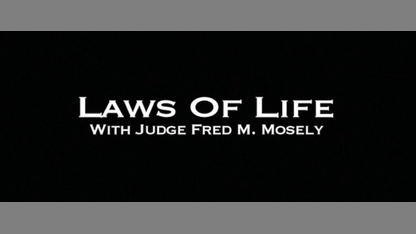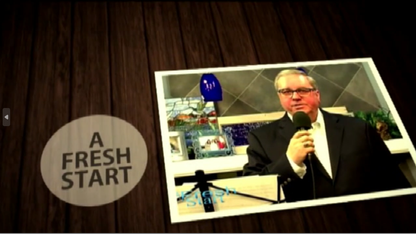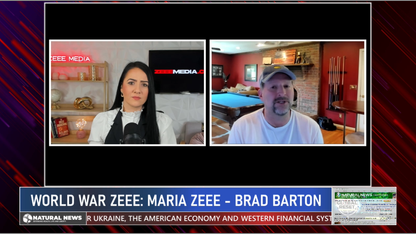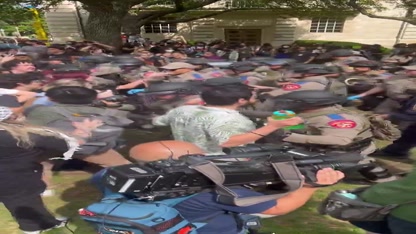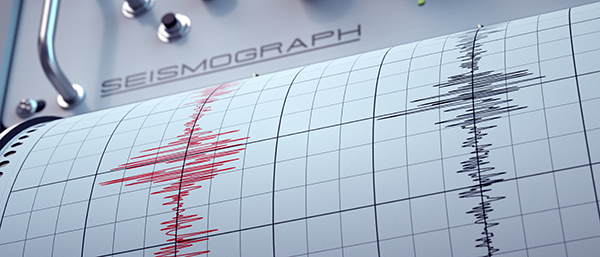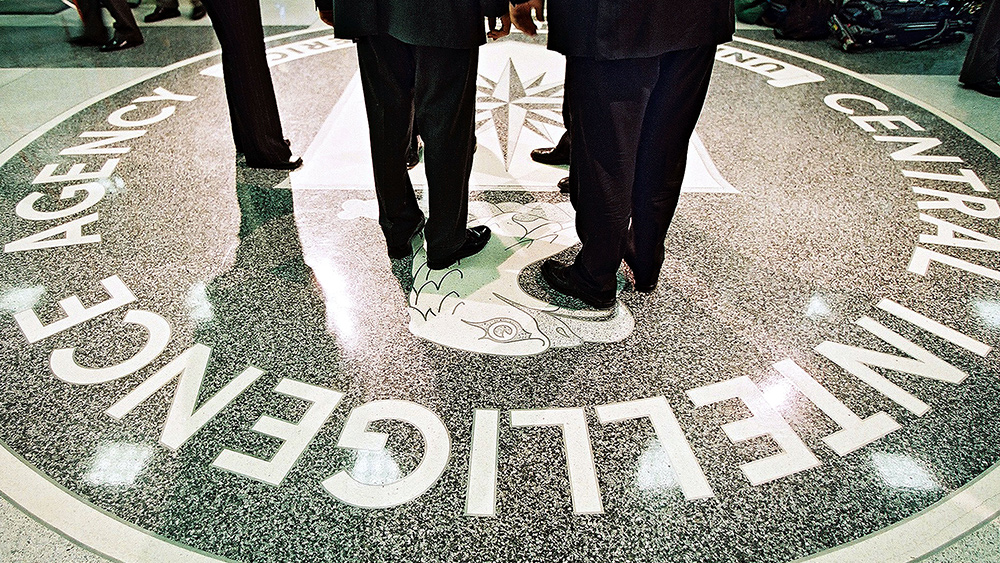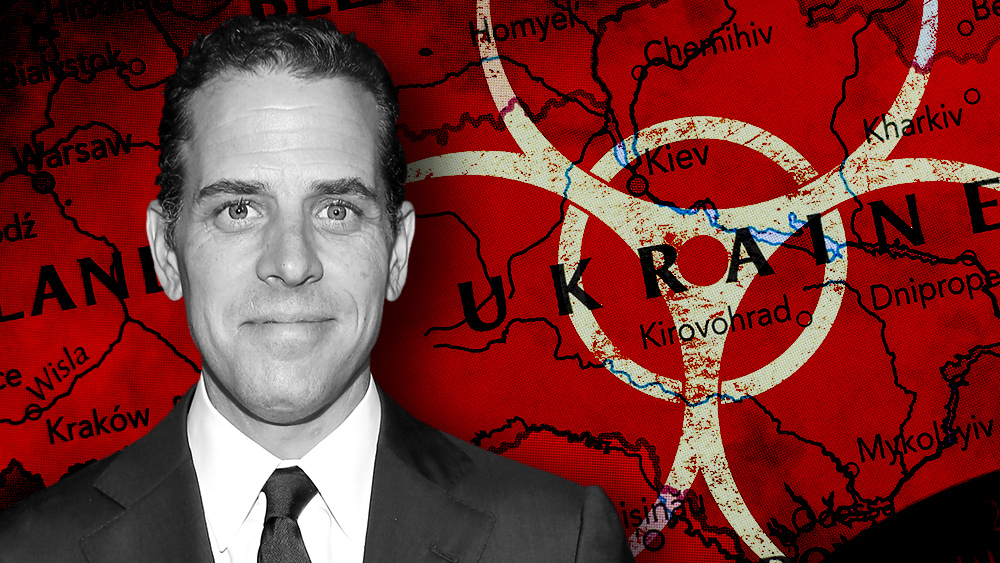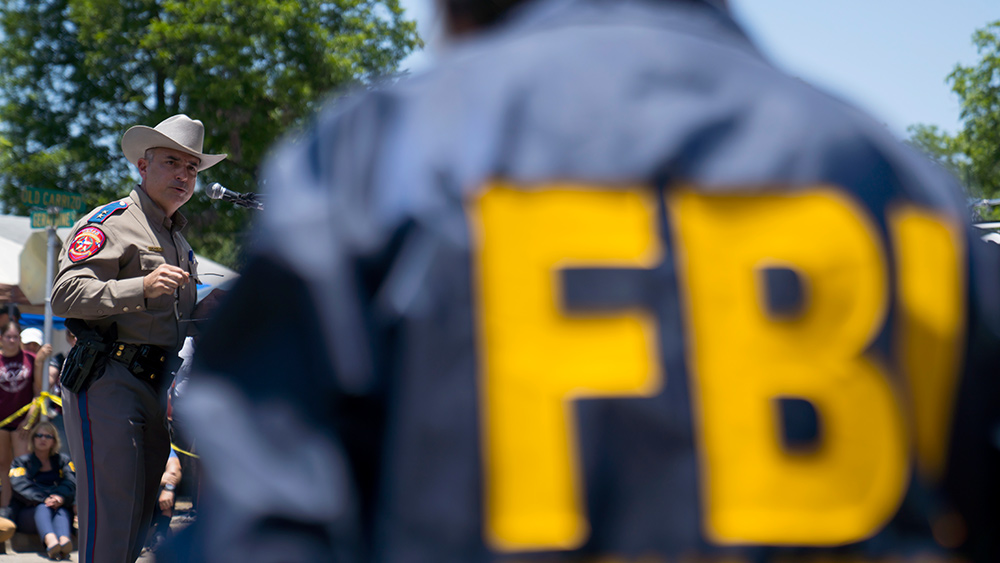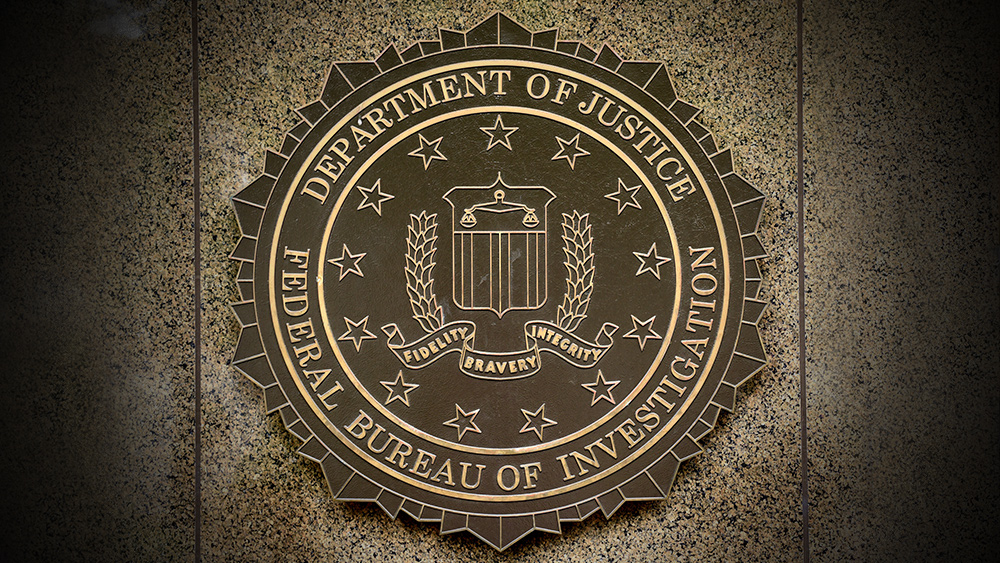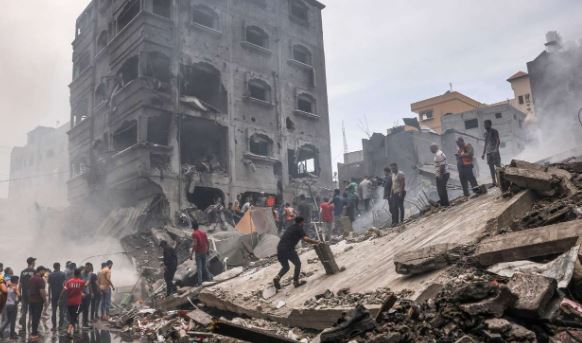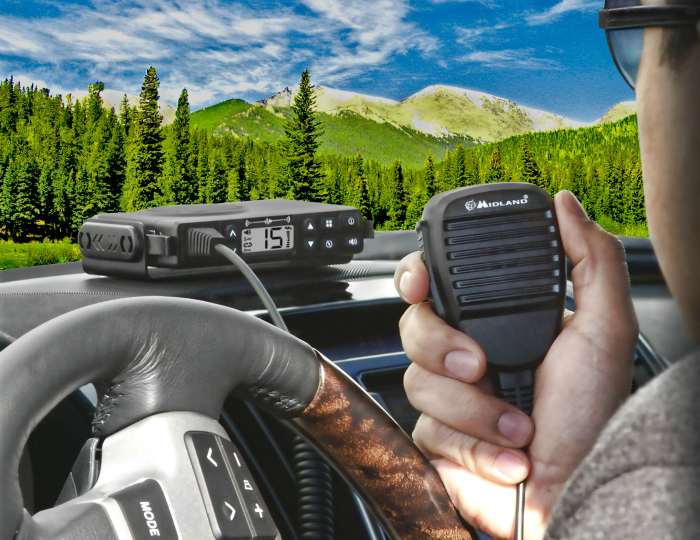
When dealing with emergencies, such as a power grid failure or when communication networks go down, you need a reliable way of communicating with your loved ones. But what are your options if you can't use your smartphone to call someone and the internet is down?
If you're looking for alternative ways to keep in touch after SHTF, you might want to try some low-tech but efficient alternatives to send messages and exchange information until the infrastructure is back to normal.
Below are some options to consider, like flares, radios, or smoke signals. These alternatives may seem unconventional to non-preppers, but for preppers, they could be a lifeline during emergencies. (h/t to SimpleFamilyPreparedness.com)
Carrier pigeons
Since the 5th century B.C., people have used carrier pigeons – also known as homing pigeons – to send messages during emergencies. Pigeons are clever birds that have been trained to carry important messages back to their owners.
Despite technological advancements, carrier pigeons are still a reliable way to communicate in remote or crisis-affected areas that lack modern infrastructure. In fact, one experiment found that, for large swathes of rural America, at certain data volumes and distances, sending a carrier pigeon is a quicker option than trying to upload data on the internet due to speeds lagging far behind the national average.
CB radios
CB (citizens band) radios became popular during the 1970s and 1980s as a means for people to communicate within short distances, and they remain popular now among truck drivers, travelers and hobbyists for quick chats or updates on traffic conditions.
Human knowledge is under attack! Governments and powerful corporations are using censorship to wipe out humanity's knowledge base about nutrition, herbs, self-reliance, natural immunity, food production, preparedness and much more. We are preserving human knowledge using AI technology while building the infrastructure of human freedom. Speak freely without censorship at the new decentralized, blockchain-power Brighteon.io. Explore our free, downloadable generative AI tools at Brighteon.AI. Support our efforts to build the infrastructure of human freedom by shopping at HealthRangerStore.com, featuring lab-tested, certified organic, non-GMO foods and nutritional solutions.
During survival scenarios, CB radios can be invaluable communication tools when traditional phone lines and other communication methods are unavailable because they operate on distinct frequencies.
Emergency hand-crank radio
If you are dealing with a long-term power outage or loss of communication after SHTF, you will need an emergency hand-crank radio.
If you have one, you won't need batteries and it can be powered by manually cranking the handle so you can monitor the news. (Related: 280 Million Americans are NOT prepared for common SHTF scenarios.)
Flag semaphore
Flag semaphore is an unconventional but effective way to communicate with flag signals.
With this method, you can use different colored flags held up in specific patterns to send messages like distress signals or locations.
Flares
Flares are a type of visual signaling device that is often used in emergencies, such as on the side of highways to indicate a car accident.
Flares produce bright lights and smoke that are visible from great distances, making them an effective method of communication when other forms may not be available or effective. After SHTF, a well-timed flare can help rescue crews pinpoint your location.
If they are not damaged and stored properly, flares can last up to several years. Keep flares out of reach of children to accidents accidents at home.
Keep a flare in your bug-out bag, and learn how to use one properly.
Remove the cap, then hold the flare pointing down the end. Pull the pin and hold onto the handle, then place or throw the flare as far away as you can.
Glow sticks
Glow sticks or light sticks are small plastic tubes that contain a chemical solution that produces light when combined with another substance.
Glow sticks can last from several hours to several days, depending on the type and quality. They are ideal for signaling or marking locations.
GPS messengers
GPS messengers are compact devices that use satellite technology to send and receive text messages and location information. You may need one for communication and emergencies in remote areas without cell service.
These devices usually have features like weather updates, tracking and SOS buttons.
Ham radio
Ham radios use amateur radio frequencies and can reach beyond typical shortwave radios and they are valuable for survival scenarios when traditional methods aren't as effective.
Landlines
Even though most people have switched to using cell phones as their primary form of communication, landlines can still be useful during emergencies.
A landline phone does not need electricity or cellular networks, so you can call a family member even after the power goes out in your neighborhood to check on them.
Mirrors
Mirrors have been used for many centuries to signal and pass messages over long distances. For example, the military used mirrors during ancient times to reflect sunlight and send signals across battlefields.
Now, modern preppers still use mirrors in emergencies to signal for help.
Morse code
Morse code sends messages through dots (short signals) and dashes (long signals) using sound or light signals.
The code was first developed in the 1830s by Samuel Morse for telegraph communication and it became widely used during World War II to transmit secret military messages.
Now, Morse code is still taught and used by amateur radio operators. The code is also used as a form of communication in survival situations.
Satellite phones
Satellite phones use orbiting satellites for communication and can be useful if you are worried about being stranded or injured in remote locations without access to traditional forms of communication.
Adventurers, military personnel and remote workers located in areas lacking cell phone coverage or landlines often use satellite phones to communicate with others.
Smoke signals
Ancient civilizations used smoke signals to send messages that can be seen even from miles away.
By lighting fires and using specific patterns and colors of smoke, you and a trusted partner could learn to share important information like warnings.
Signs
During emergencies, clear and visible signs can help you communicate with others and provide important information. Signs can be placed on trees with directions or essential information for other preppers.
If you want to communicate using signs, use sturdy materials that will withstand the elements and remain visible in low-light conditions.
Two-way radios
Modern preppers have access to different types of two-way radios, allowing for more efficient communication.
Family Radio Service (FRS) and General Mobile Radio Service (GMRS) are two types of walkie-talkies that use specific frequencies to send voice messages over short distances. FRS and GMRS are ideal for personal use by families or small prepper groups during outdoor activities. They are a great choice if you need a reliable alternative comms method when SHTF.
Whistles
Whistles have been around since ancient times and sailors often used them on ships to signal commands or alert others of danger.
Some hikers and outdoor enthusiasts also carry whistles with them so they can signal for help if they get lost or injured outdoors.
Word of mouth
Word-of-mouth communication is a simple but reliable form of communication.
During an emergency, when access to technology is limited, word-of-mouth can be used to quickly and effectively spread critical information.
Written messages
Handwritten notes or letters are a great way to communicate during a survival scenario, especially if you want to convey critical information like evacuation plans, updates on safety procedures, or messages of support.
To ensure that the information only reaches people you trust, plan and inform them of hidden drop-off locations for written messages. You can also establish a distribution system for the intended recipients.
Watch the video below for tips on how to pack an EMP-proof modular comms bag.
This video is from The Urban Prepper channel on Brighteon.com.
More related stories:
Mike Adams, Steve Quayle and Tina Blanco discuss the importance of satellite phones.
Preparedness and survival: Ways to communicate after a disaster if cell phones don’t work.
Sources include:
Please contact us for more information.

